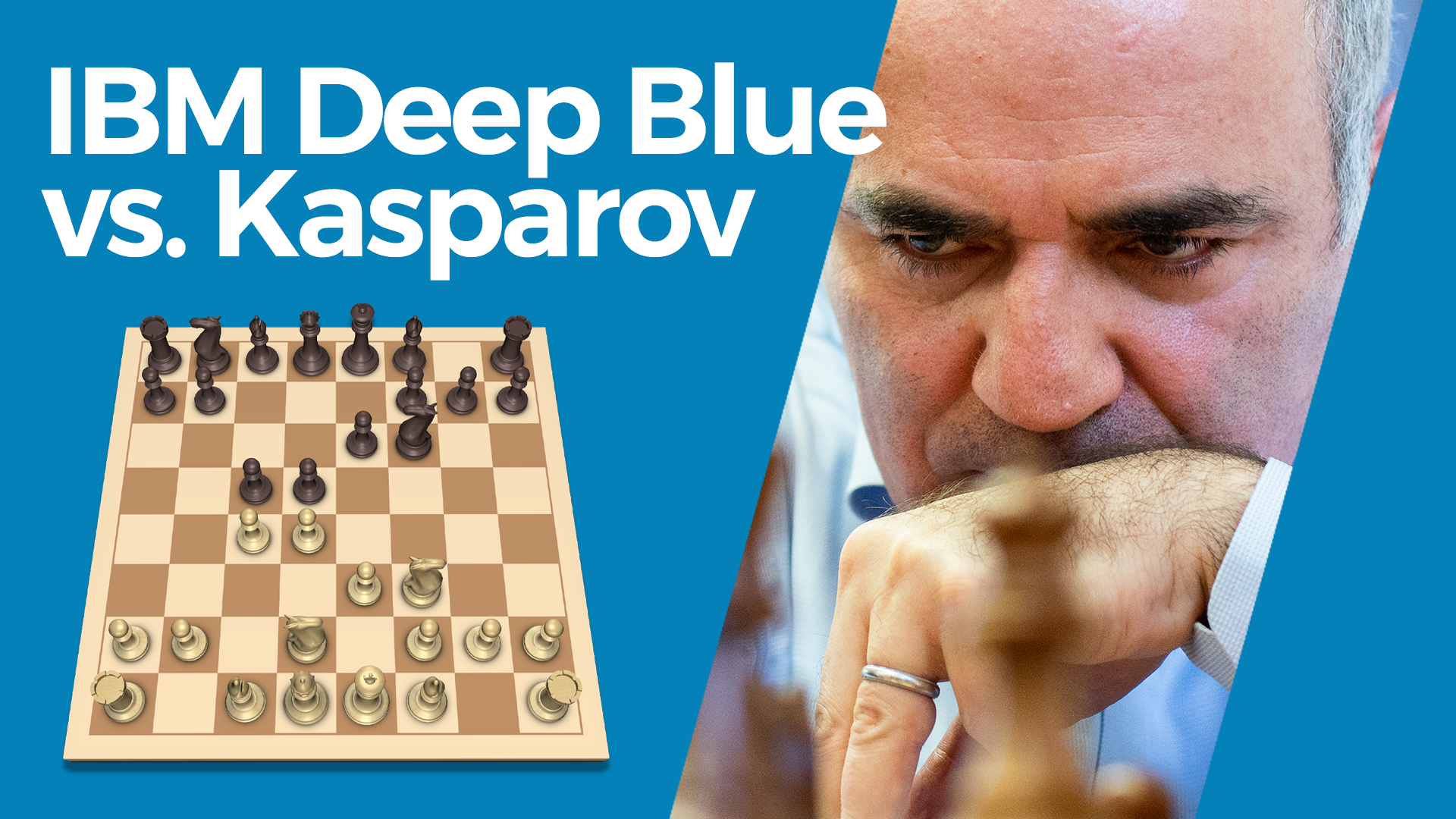

Jerry Brody, a long-time employee of IBM Research, subsequently joined the team in 1990. Their colleague Thomas Anantharaman briefly joined them at IBM before leaving for the finance industry and being replaced by programmer Arthur Joseph Hoane. After receiving his doctorate in 1989, Hsu and Murray Campbell joined IBM Research to continue their project to build a machine that could defeat a world chess champion. The machine won the World Computer Chess Championship in 1987 and Hsu and his team followed up with a successor, Deep Thought, in 1988. While a doctoral student at Carnegie Mellon University, Feng-hsiung Hsu began development of a chess-playing supercomputer under the name ChipTest. Deep Blue's victory was considered a milestone in the history of artificial intelligence and has been the subject of several books and films. In 1997 it was upgraded and, in a six-game re-match, it defeated Kasparov winning three and drawing one. It first played world champion Garry Kasparov in a six-game match in 1996, where it lost two games to four. It then moved to IBM, where it was first renamed Deep Thought then, in 1989, Deep Blue. Development began in 1985 at Carnegie Mellon University under the name ChipTest. It was the first computer to win a game, and the first to win a match, against a reigning world champion under regular time controls. 1997: IBM RS/6000 SP Supercomputer with 30 PowerPC 604e "High 2" 200 MHz CPUs and 480 custom VLSI second-generation "chess chips"ĭeep Blue was a chess-playing expert system run on a unique purpose-built IBM supercomputer.1996: IBM RS/6000 SP Supercomputer with 30 PowerPC 604 "High 1" 120 MHz CPUs and 480 custom VLSI second-generation "chess chips".

1995: IBM RS/6000 Workstation with 14 custom VLSI first-generation "chess chips".


 0 kommentar(er)
0 kommentar(er)
